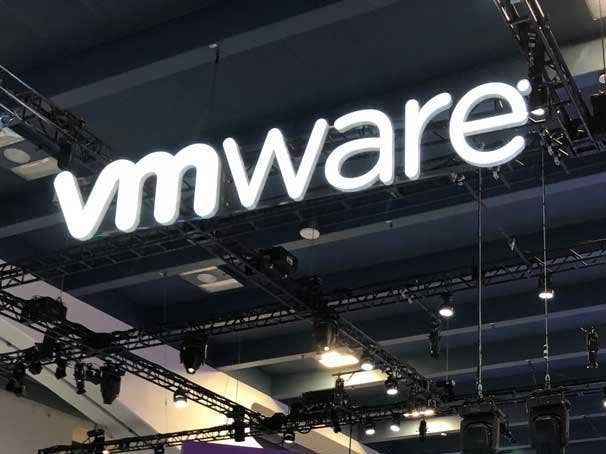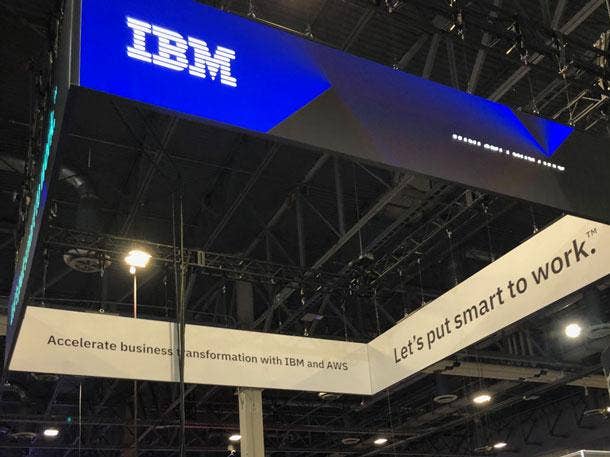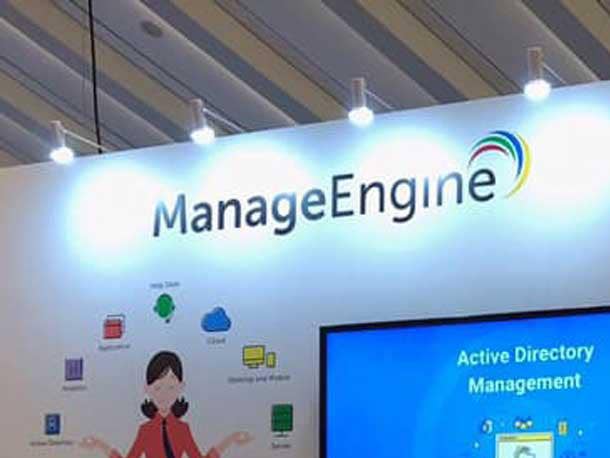Microsoft, VMware, Ivanti Lead UEM Market As Hybrid Work Takes Over
Gartner’s new 2022 Magic Quadrant for UEM tools highlight the top six global vendors leading the unified endpoint management market, along with their strengths and weaknesses.

As cloud-based unified endpoint management (UEM) and hybrid work become the norm, Microsoft, VMware and Ivanti are becoming the standout UEM global market leaders.
By 2025, more than 90 percent of clients will use cloud-based unified endpoint management tools to manage the majority of their IT environment, up from 50 percent in early 2022, according to IT research firm Gartner.
Gartner sees several forces shaping the “mature and stable” UEM market today, including more acceptance of remote and hybrid work models versus exclusively in-office work; better integration with endpoint analytics and security tools; and customer demand for a single UEM platform.
[Related: Nutanix Execs Talk VMware-Broadcom, Layoffs As Stock Spikes]
Gartner’s Magic Quadrant for Unified Endpoint Management Tools
In Gartner’s new 2022 Magic Quadrant for Unified Endpoint Management Tools, the research firm ranks the six vendors who are leading and shaping the UEM market today which includes IBM, Ivanti, ManageEngine, Matrix42, Microsoft and VMware.
Gartner defines UEM as a tool that provides agent and agentless management of computers and mobile devices through a single console.
Currently, growth is small in the global UEM industry with opportunities around new deployments of frontline worker technology as well as consolidation of disparate and OS-centric tools, Gartner said. By 2027, UEM and digital employee experience tools will converge to drive autonomous endpoint management, reducing human effort by at least 40 percent.
Gartner’s Magic Quadrant for UEM tools ranks the top six vendors on their ability to execute and completeness of vision and places them in four categories: Niche Players (low on vision and execution), Visionaries (good vision but low execution), Challengers (good execution but low vision) and Leaders (excelling in both vision and execution). In this particular Gartner Magic Quadrant, there are no UEM companies listed as Visionaries.
CRN breaks down the six world-leading unified endpoint management companies along with their strengths and weaknesses.

Leader: Microsoft
The world’s largest software company took home the gold medal in execution on Gartner’s 2022 Magic Quadrant for Unified Endpoint Management Tools, while placing second for vision.
Microsoft Endpoint Manager combines Intune and Configuration Manager, and is licensed through Microsoft’s Enterprise Mobility + Security (EMS) SKU. The Redmond, Wash.-based company is improving the IT administrator experience and endpoint analytics and automation, and supporting core frontline worker devices and integration with its Azure Virtual Desktop, Windows 365, Defender for Endpoint and Azure AD.
Strength: With the growth of Microsoft 365, Endpoint Manager continues to dominate UEM market share, Gartner said, with new features and fixes prioritized based on customer demand.
Weakness: Dashboard and reporting capabilities are basic, with limited prebuilt reports available compared with competing products, according to Gartner.

Leader: VMware
The virtualization pioneer and hybrid cloud software standout took home the gold medal for vision on Gartner’s UEM Magic Quadrant, while placing second in terms of execution.
VMware’s Workspace ONE platform provides top-notch employee experience through UEM, extensive virtualization, analytics, comprehensive security, remote access, apps and workflows. The Palo Alto, Calif.-based company invests in helping customers drive workplace modernization, implement zero trust, improve the digital employee experience and reduce digital friction.
Strength: VMware is the only vendor in Gartner’s report with a complete package that includes device management, single sign-on, remote support, remote access, endpoint security, analytics, automation and virtualization. VMware also has SaaS capabilities through its BetterCloud partnership.
Weakness: Gartner said VMware customers committed to Microsoft 365 struggle to justify investment in a tool that is viewed as overlapping with capabilities they may already have under their existing Microsoft 365 licensing.

Leader: Ivanti
Ivanti has planted its stake in the ground as a true UEM global leader against its relatively larger rivals Microsoft and VMware, ranking No. 3 in terms of vision and tied for No. 3 for execution on Gartner’s Magic Quadrant.
The South Jordan, Utah-based company’s UEM solution Neurons offers broad support for nearly all endpoints. Ivanti continues to add intelligence and automation to improve discovery, automation, self-healing, patching, zero-trust security and DEX via the Ivanti Neurons platform.
Strength: Ivanti Neurons is the only solution in Gartner’s research that provides active and passive discovery of all devices on the network to uncover and inventory unmanaged devices.
Weakness: Gartner said clients often cite confusion with understanding what specific capabilities are included with each Ivanti product or hosting option, or if additional licensing is required.

Challenger: IBM
IBM is the only company named a ‘Challenger’ on Gartner’s Magic Quadrant with a strength in its ability to execute but a weakness in its vision. IBM tied for No. 3 for execution on the Magic Quadrant but is behind most other vendors in terms of vision.
The Armonk, N.Y.-based company IBM Security MaaS360 with Watson provides AI-based UEM and endpoint security. IBM invests in Watson for security and digital employee experience improvements, deeper integration with identity and security products, and OS and application patching to reduce vulnerabilities.
Strength: MaaS360 maintains a broader partner ecosystem and offers more integrations than most of the competition, while IBM’s Watson also delivers top-notch AI and automation capabilities.
Weakness: Gartner said MaaS360 pricing exceeds that of some competitors with broader capabilities, such as first-party VPN and remote control.

Niche Player: ManageEngine
ManageEngine’s newly rebranded Endpoint Central product continues to expand its broad management capabilities with a focus on endpoint analytics, automation and enhanced capabilities for MSPs.
The India-based company is also broadening its scope into endpoint security, remote access and zero-trust capabilities.
Strength: ManageEngine has one of the more affordable UEM offerings evaluated in this research, according to Gartner, with a list price that begins 20 percent lower than the next-lowest competitor. Email, phone and chat support are included at no additional cost.
Weakness: ManageEngine lacks generally available VPN and zero-trust capabilities. The company’s licensing model is also more difficult to understand and administer than competitors, according to Gartner.

Niche Player: Matrix42
The Matrix42 Secure UEM (SUEM) product excels at supporting basic endpoint management and security use cases. The company invests in capabilities to inventory, manage and patch devices, along with boosting IT asset and service management tools and behavioral policy enforcement.
The Germany-based company, whose clients are mostly in Germany, Austria and Switzerland, ranks last in both execution and vision on Gartner’s Magic Quadrant for Unified Endpoint Management Tools.
Strength: Matrix42’s workspace platform is built on an extensible, low-code workflow platform that leverages a centralized configuration management database for SUEM and other workloads, and allows customers to tailor the solution to their needs.
Weakness: Gartner said the company lacks brand awareness and growth outside of its region. Matrix42 also requires third-party tools to complete its zero-trust and remote-access capabilities.